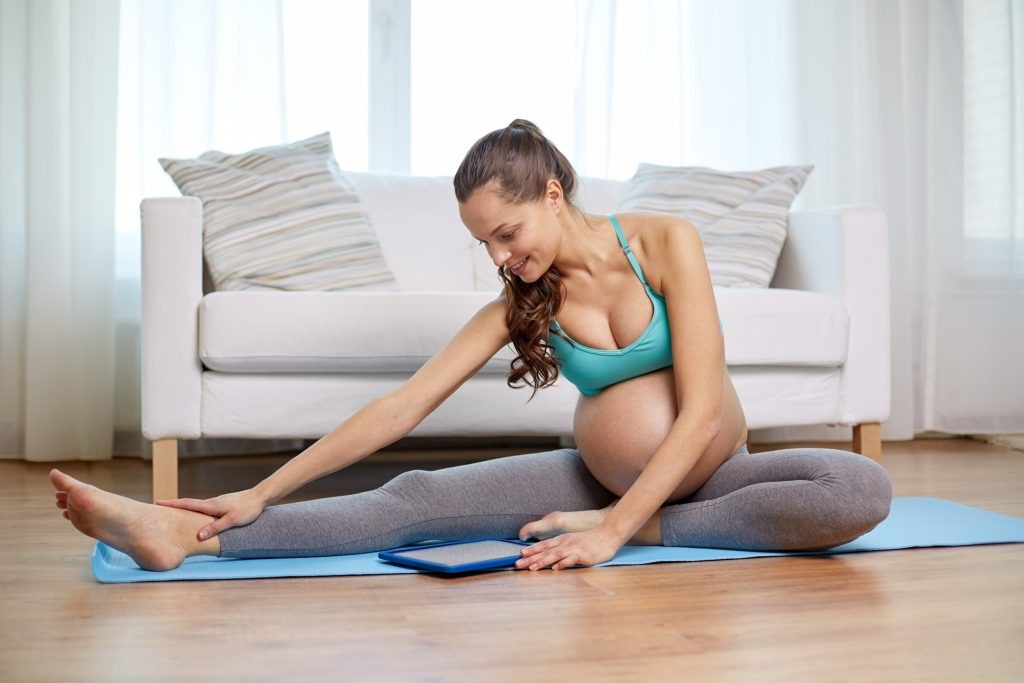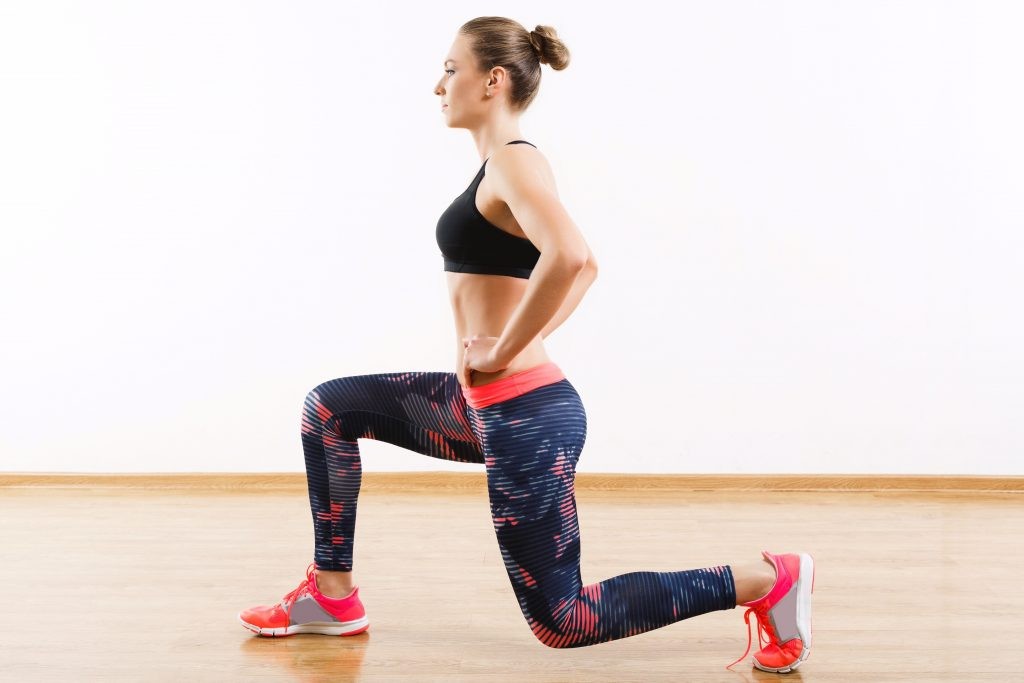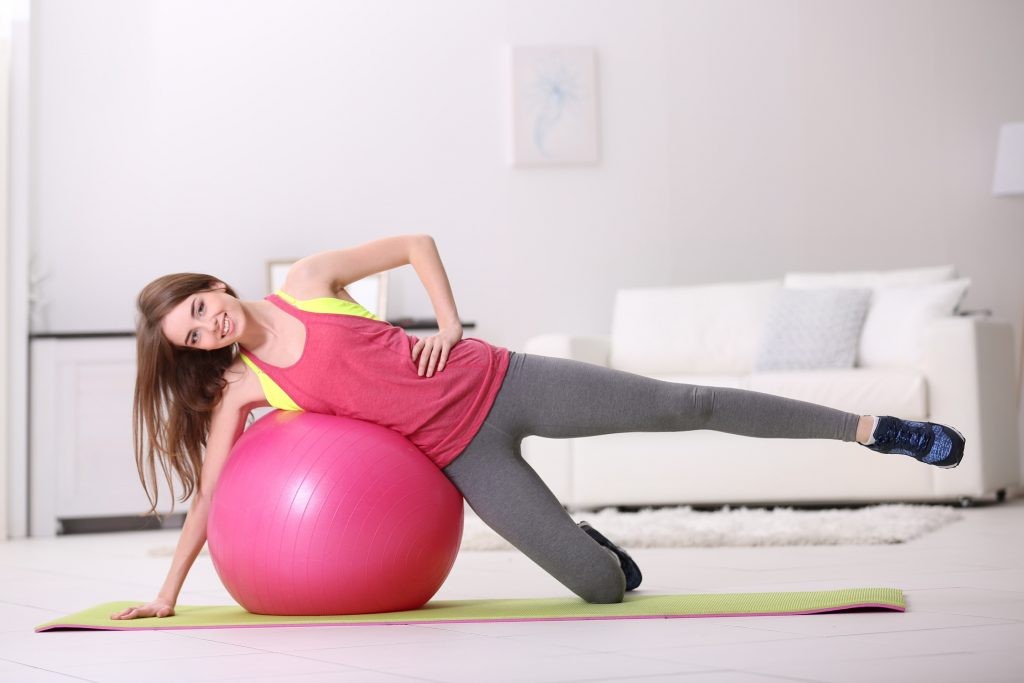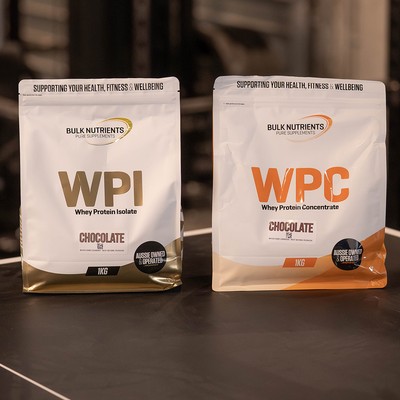Benefits of Exercise for the Pre & Post-natal Woman

Benefits of exercise for the pre & post-natal woman
There are many benefits of regular exercise throughout pregnancy:
- For the mother:
- Reduced weight gain
- Deposition and retention of less body fat
- Better body image
- Remain within normal weight range
- Lower incidents of discomforts and injuries during pregnancy
- More rapid physical and emotional recovery post-birth
- Shorter and less complicated labour
- Increased breathing efficiency
- Higher energy levels
- Decrease the risk of developing gestational diabetes
- Increase muscle strength & improves posture
- Circulation benefits with improved digestion
- For the baby:
- Babies are tougher and less vulnerable to usual stresses
- Lighter and leaner than non exercising mothers
- Lower incidents of obstetrical concern before labour
- Respond rapidly to their environment after birth
- Show lower risks of premature death, heart disease and serious illness

Things to keep in mind while exercising
When exercising during pregnancy there is a range of essential modifications you should consider:
- Cardiovascular
- Should never be short of breath
- Longer, slower warn up and cool down periods
- Posture is paramount
- Maintain adequate hydration
- Comfortable environment with cool comfortable clothing
- Recommended at least three to four times per week
- Muscle Conditioning & Toning
- Core stability and bracing should be focused on
- Focus on controlled breathing
- Movements should be slow and controlled with proper technique
- Use fit ball as much as possible
- Stretch and recover between each set
- Squat no lower than 90 degrees
- Pelvic floor work is very important
- Stretching
- Stretch with long holds, slowly and gradually
- No bouncing at the end of stretch
- Change positions slowly
- Never overstretch loose joints
- Breath slowly and steadily
- Include neck and back stretches
- Avoid asymmetrical stretches where weight is concentrated heavily through one limb

Recovery is key!
For the post-natal mothers a gradual recovery is essential for a smooth transition to motherhood, with the focus on wellbeing rather than increase aerobic fitness and weight loss. Keep in mind it may take up to 9 months for the stretched muscles to return to shape. Furthermore lactation requires adequate rest and good nourishment.
The benefits of postnatal exercise are significant and it is important to establish a regular exercise routine of some sort as soon as they feel ready physically and mentally.
Benefits of postnatal exercise include:
- Speedier healing and recovery from the birthing process
- Increased energy to cope with the demands of new motherhood
- Reduced stress and depression, with a heightened sense of wellbeing
- Faster return to pre-pregnancy shape and level of fitness
In saying this there is a range of other considerations that should be addressed when determining the right time to return to a regular exercise routine. Everybody is unique and ensuring you have adequate medical support and guidance ahead of starting your exercise routine following pregnancy is essential.

Closing thoughts
Some considerations ahead of embarking on your post pregnancy exercise routine include:
- The type of birth – whether you had any complications, procedures or caesarean
- Hormonal issues including post-natal depression
- Urinary or faecal incontinence
- Persistent lower back pain
- Persistent pelvic instability and pain






























